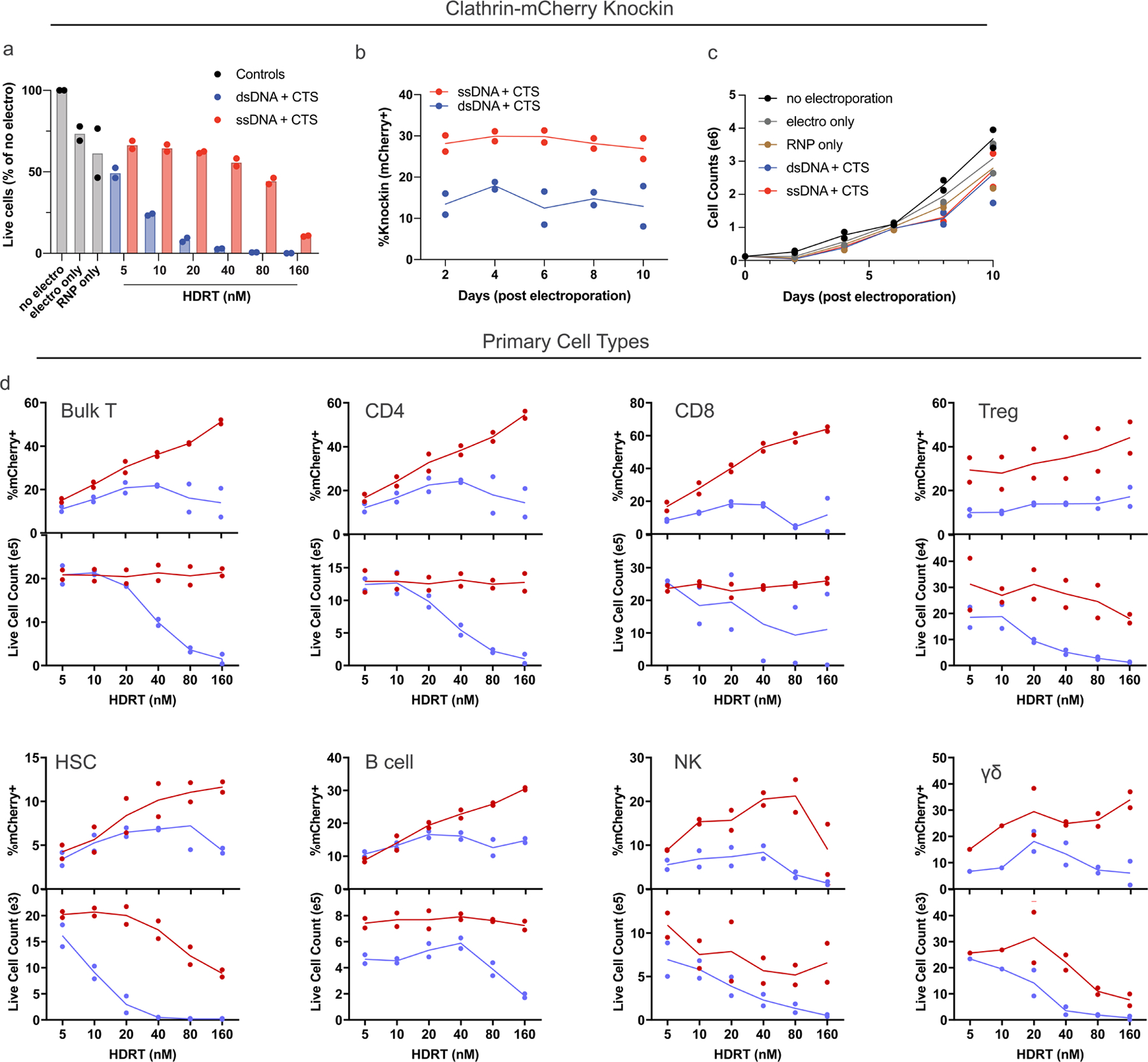Extended Data Fig. 6 |. Application of ssCTS to diverse primary human hematopoietic cell types.

(a-c) Evaluation of CLTA-mCherry knock-in efficiency and live cell counts 0–10 days postelectroporation in primary human T cells. (a) Live cell counts represented as a percentage of the no electroporation control on day 4 post-electroporation. (b) Knock-in efficiency on day 2–10 post-electroporation. (c) Growth curves for control cells (no electroporation, electroporation only, and Cas9 RNP only) and cells edited with dsCTS or ssCTS HDRTs on day 0–10 post-electroporation. (d) Comparison of knock-in efficiency (top) and live cell counts (bottom) using ssCTS and dsCTS HDRTs (blue line) across a variety of primary human hematopoietic cell types using knockin constructs encoding a CLTA locus mCherry fusion protein. Each experiment was performed with cells from 2 independent healthy human blood donors. Each experiment was performed with T cells from 2 independent healthy human blood donors represented by individual dots + mean (c, d, f) or mean alone (e). CTS = Cas9 target site, dsCTS = dsDNA HDRT + CTS sites, ssCTS = ssDNA HDRT + CTS sites, HDRT = homology-directed repair template, RNP = ribonucleoprotein, CLTA = Clathrin, Treg = regulatory T cells, HSC = hematopoietic stem cell, NK cells = natural killer cells, γδ T cells = gamma delta T cells.
